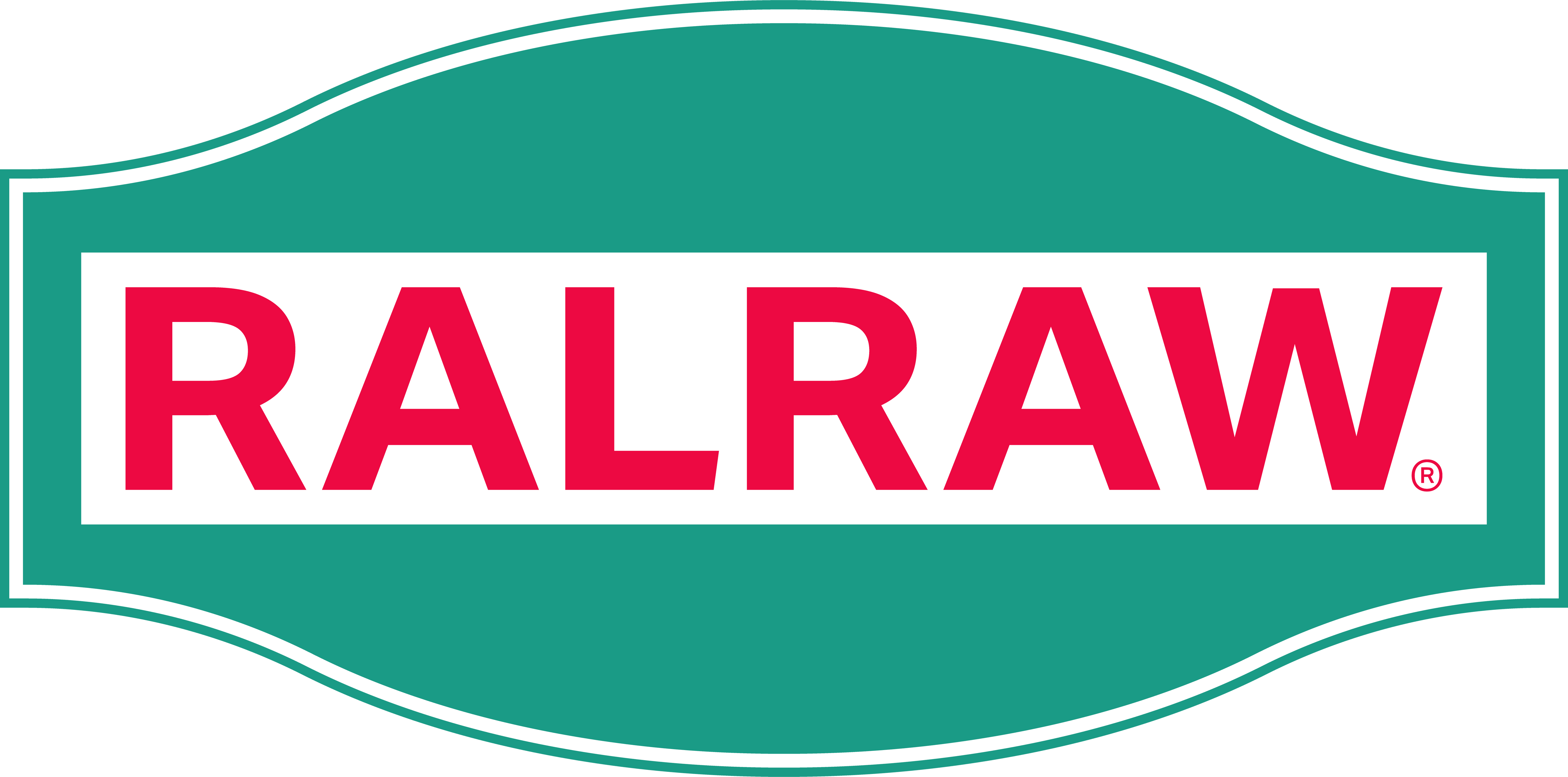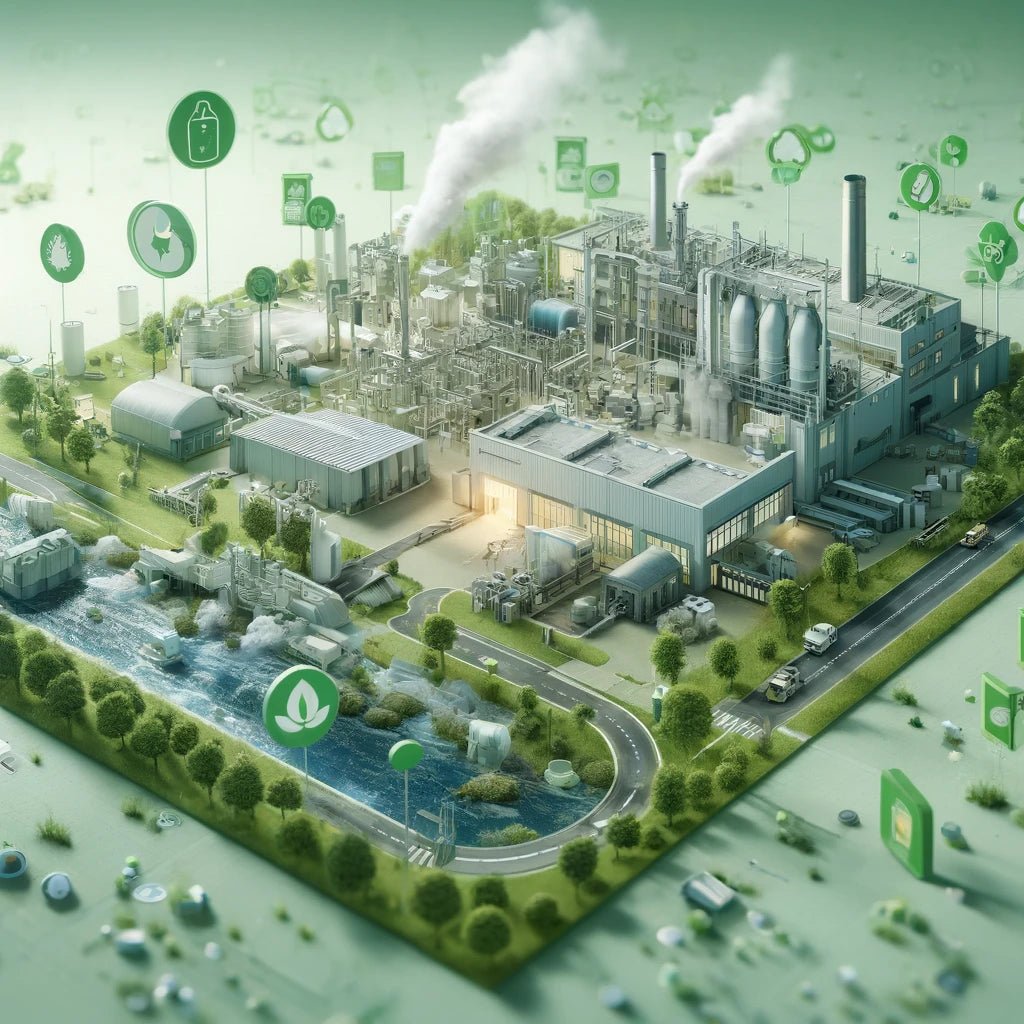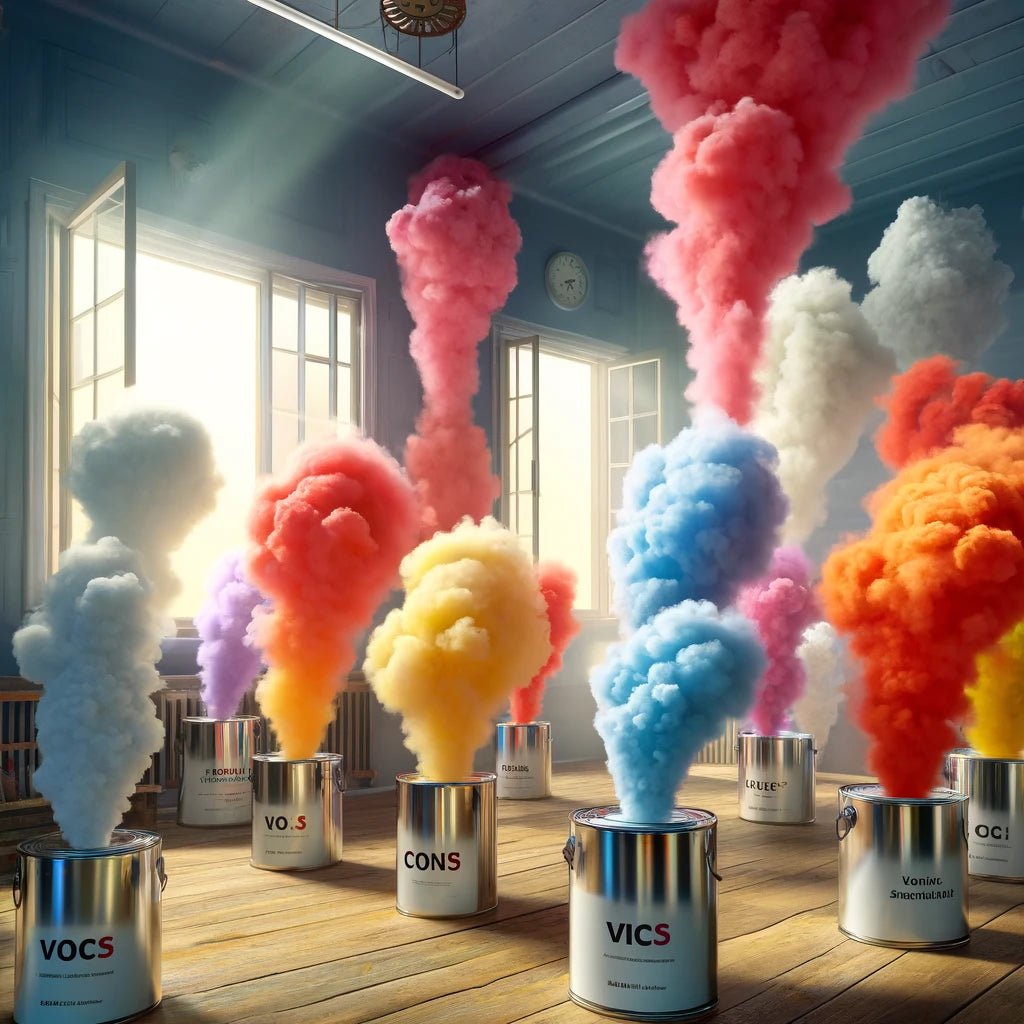RALRAW™ collective, established in 2024 in Zürich, Switzerland, is leading a paradigm shift in the paint industry with its innovative approach. Their flagship product, offRAL™, is a revolutionary range of water-saving, reusable, and biodegradable paint rolls.
With offRAL™, RALRAW™ is not only providing high-quality paint products but also addressing environmental concerns associated with traditional paint manufacturing. By eliminating harmful chemicals like PVC, Glycol-Ether, Formaldehyde, Phthalates, and others, offRAL™ ensures safety for both consumers and the environment.
Furthermore, RALRAW™'s production process significantly reduces environmental impact, consuming 87% less water and emitting 93% less CO2 compared to conventional liquid paint and wallpaper manufacturing. RALRAW™ is committed to sustainable practices and is more than just a paint company; it's a movement towards a greener future.
In addition to its innovative products, RALRAW™ actively engages in environmental initiatives, partnering with organizations like water.org to address global water scarcity issues. This holistic approach demonstrates RALRAW™'s dedication to sustainability across all aspects of its operations.
Types of Waste Produced During Paint Manufacturing
Paint manufacturing generates various types of waste, including:
- Wastewater: The production process involves the use of water for mixing and cleaning equipment, resulting in wastewater contaminated with chemicals and pigments.
- Hazardous Waste: Certain chemicals used in paint formulations, such as solvents and heavy metals, classify as hazardous waste and require special handling and disposal procedures.
- Solid Waste: Packaging materials, leftover paint, and other solid residues contribute to solid waste generation during manufacturing.
The generation of these wastes poses environmental challenges, including pollution of water bodies, soil contamination, and potential health risks to workers and communities near manufacturing facilities.
Methods for Waste Disposal and Recycling
Paint manufacturers employ various methods for waste disposal and recycling to minimize environmental impact:
- Wastewater Treatment: Facilities implement wastewater treatment processes to remove contaminants before discharge, reducing the environmental impact of wastewater.
- Hazardous Waste Management: Hazardous waste undergoes proper handling, storage, and disposal according to regulatory guidelines to prevent environmental contamination. This often involves specialized treatment facilities or incineration.
- Solid Waste Management: Solid waste is managed through recycling programs, where feasible, and disposal in designated landfills or waste-to-energy facilities. Some manufacturers implement waste reduction strategies, such as source reduction and reuse of materials, to minimize solid waste generation.
- Product Innovation and Circular Economy: Initiatives like offRAL™ by RALRAW ™ exemplify product innovation and circular economy principles by offering reusable and biodegradable paint rolls. These products minimize waste generation during production and use, contributing to a more sustainable paint industry.
By integrating waste management practices with sustainable product design and production processes, paint manufacturers can reduce their environmental footprint and contribute to a more circular and resource-efficient economy.




Leave a comment
This site is protected by hCaptcha and the hCaptcha Privacy Policy and Terms of Service apply.